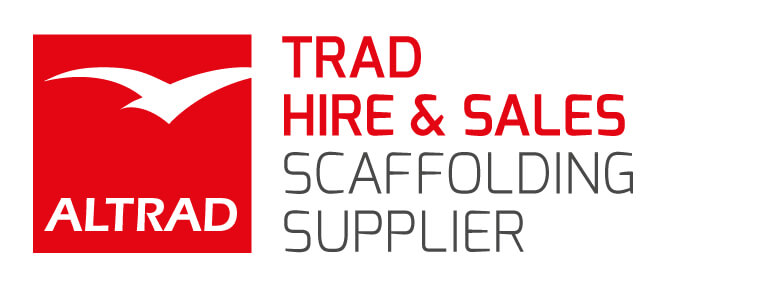Work at Height / Fall Prevention / Rescure of Suspended Casualties
The current edition of the Work at Height Regulations places a duty on employers to protect individuals from harm. Scaffolding inevitably carries a risk of falling from height and consequently, it is of paramount importance that all activities are assessed for risk, planned and a safe system of work is adopted during any scaffold activity. It is therefore strongly recommended that the procedures outlined in the NASC’s guidance note SG4 – “Preventing Falls in Scaffolding Operations” are followed. SG4 describes several safe methods of work, including the use of collective fall protection systems such as an advanced guardrail or scaffolder’s steps.
To ensure the safety of scaffold erectors, it is important that fall protection equipment is only attached to those components which are capable of withstanding any likely imposed loads. Where system scaffolds are involved, please refer to the particular user guide for the system which is being used for the relevant connection points.
While the current Work at Height Regulations requires that work at height be carried out safely, they also require that contingency plans be made for any eventuality. This extends to making plans to rescue personnel suspended by fall arrest equipment. Personnel should be fully trained to use all relevant rescue equipment for the event of a suspended casualty.
Details relating to rescue and what should be considered can be found in the latest editions of the NASC guidance notes SG4 & SG19 (SG19 – “A Guide to Formulating a Rescue Plan”).
Manual Handling
The following basic rules should be adhered to when manually handling scaffolding equipment:
- Plan lay down/storage areas in advance, to reduce the distance materials have to be manually handled.
- Always check the transit route before manual handling, to ensure that it is suitable and free from obstructions and any tripping hazards.
- When handling long materials, beware of damaging property, overhead electric lines, other people and moving vehicles.
- Only tackle loads that can be reasonably handled by the individuals involved – i.e. consider personal physical capabilities.
- Manual handling operations should be eliminated where possible, by using mechanical handling equipment and manual handling aids whenever possible. These include light-lines, gin wheel, forklifts and cranes etc.
- Use the correct knots and hitches if using rope to lift equipment.
Always use the correct kinetic handling technique:
- Make sure your feet are on a firm level base, a comfortable distance apart (Approx. 300mm).
- Use your legs and not your back to bend.
- Raise your head slightly and tuck in your chin to keep your spine straight. Avoid turning / twisting the trunk of the body.
Details relating to manual handling and what should be considered can also be found in the latest edition of the NASC guidance note SG6 – “Manual Handling in the Scaffolding Industry”.
Remember – safety is no accident. Don’t risk it – if in doubt ask!

